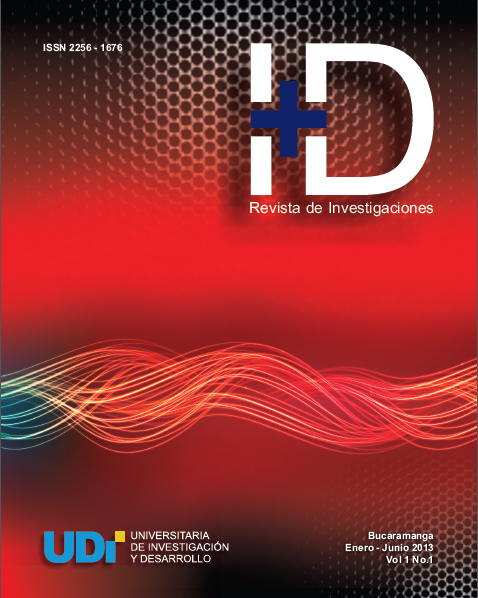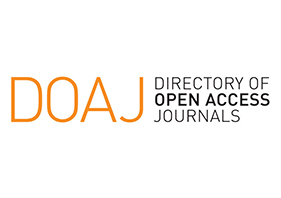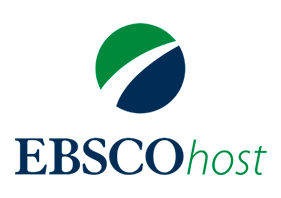Inclusive Design from the Communication Process User-Device for Locomotor Functional Divergence.
DOI:
https://doi.org/10.33304/revinv.v01n1-2013006Keywords:
Communication, Functional divergence, Interface, Interaction, User perception, Inclusive designAbstract
In this study, considerations are made regarding the following question. How to improve inclusion of students with locomotor functional divergence in Medellin city?, and about the communicational analysis of the subject-object-context relationship, as a resource for a revision of the devices for people in a locomotor situation of handicap, as facilitator agents of the user’s autonomy and their adaptability to different environments, but not as elements that generate a functional dependency, this means, resources that guarantee the full user’s inclusion within the different social dynamics and the development of their day-to-day activities. People with locomotor functional divergence require support by means of several devices, planned as solutions from de industrial design.Downloads
References
Bal, M. (2006). Conceptos viajeros en las humanidades. Estudios Visuales. Estética, historia del arte, estudios visuales, 3, 28-77.
Bonsieppe, G. (1999). Del objeto a la interfase. Buenos Aires: Ediciones Infinito.
Comolli, J. L. (2007). “Retrospectiva del Espectador”. En Rivera, A., Ver y Aires. Nueva Librería.
Debray, R. (2001). Introducción a la mediología. Barcelona: Editorial Paidós Ibérica.
Dorfles, G. (s.f.) Objeto natural y objeto artificial. Lecturas Morfología Wainhaus. Recuperado de: http://www.morfologiawainhaus.com/pdf/Dorfles.pdf
Isava, L. (2009). Breve introducción a los artefactos culturales. Estudios 17:34:441-454
Norman, D. (2010). El diseño de los objetos del futuro. Barcelona: Editorial Paidós.
Pineda, E. (2009). El objeto de uso como signo. Un recurso para la comprensión de la experiencia cotidiana. AdVersus, VI, 14-15, 70-99.












